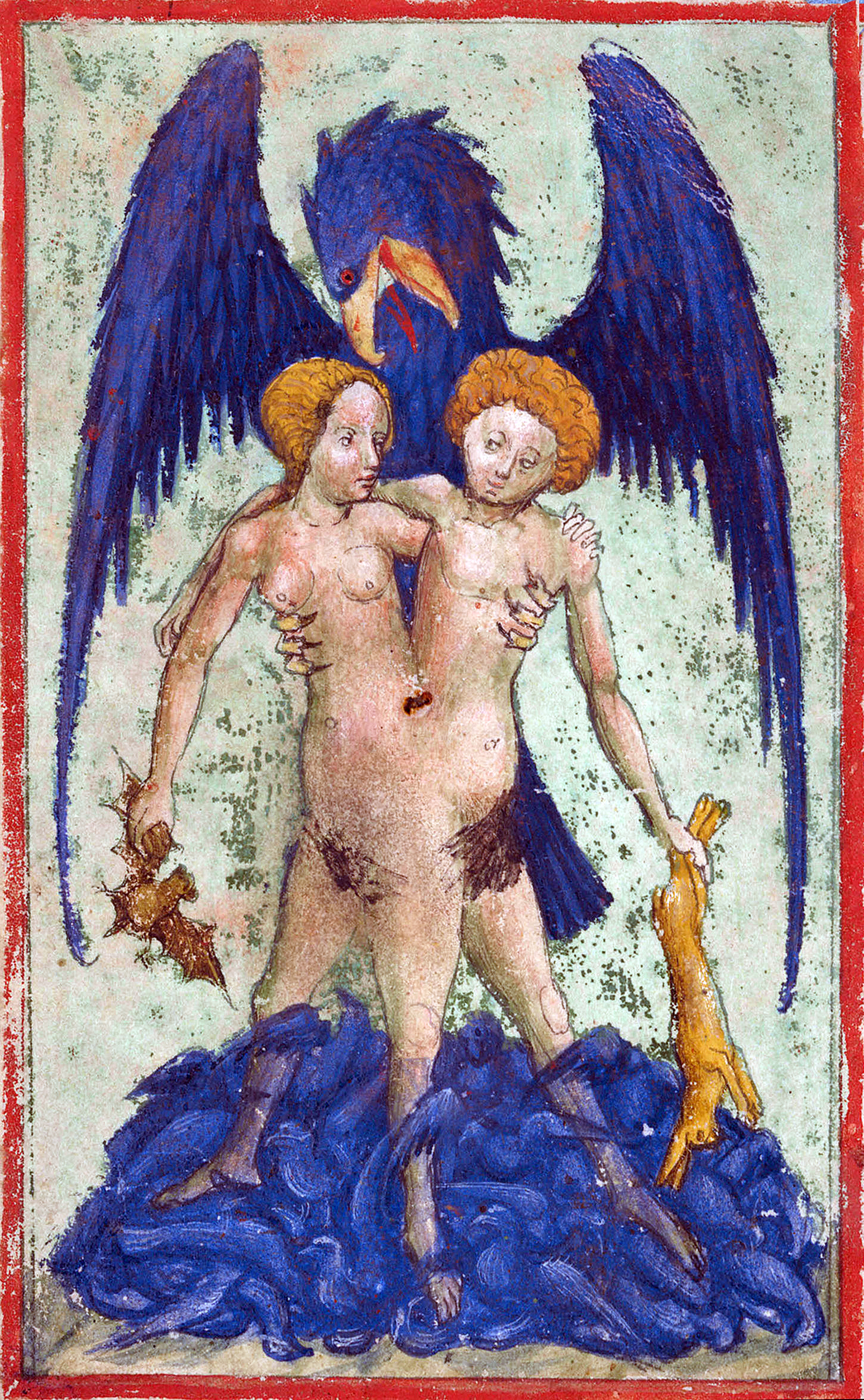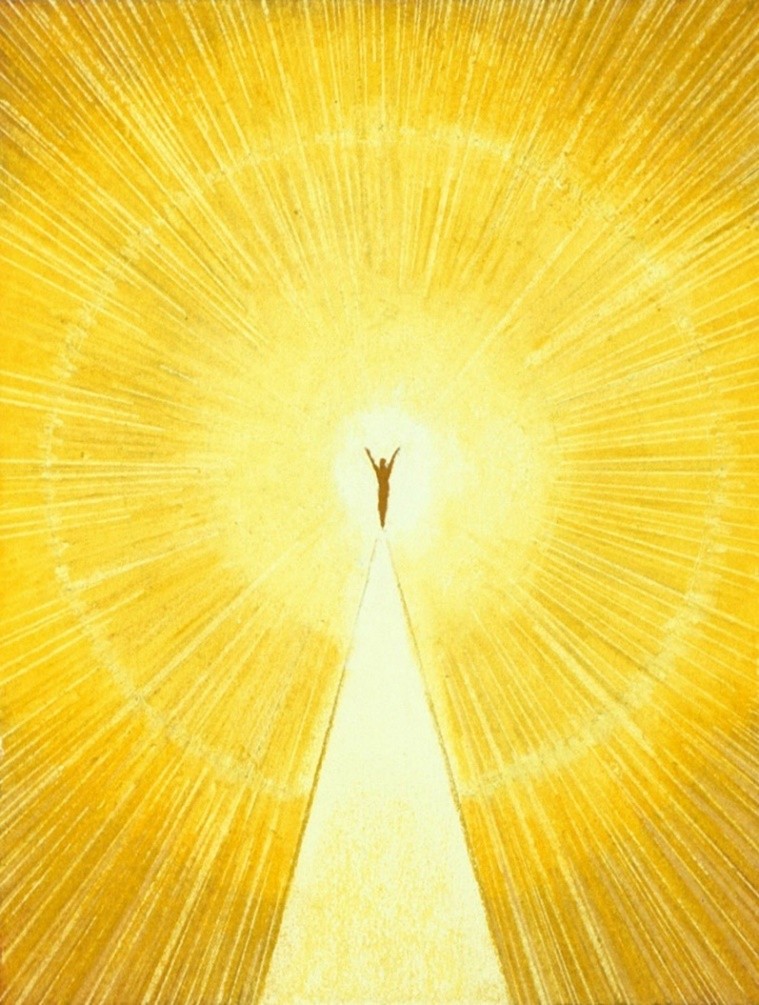
Diabetic Ecstacy
 One of my clearest experiences of a separate monadic reality happened quite accidentally. I have been diabetic for over twenty years and taking insulin shots 3-4 times a day has become a mindless routine. However, in October 1997, I mistakenly took 100 units of insulin from a fast-acting vial instead of the long-acting vial. That much fast-acting insulin would kill a normal person, so I called the emergency room and asked what I should do. Someone on the line told me to eat a lot of sugar and it should be alright.
One of my clearest experiences of a separate monadic reality happened quite accidentally. I have been diabetic for over twenty years and taking insulin shots 3-4 times a day has become a mindless routine. However, in October 1997, I mistakenly took 100 units of insulin from a fast-acting vial instead of the long-acting vial. That much fast-acting insulin would kill a normal person, so I called the emergency room and asked what I should do. Someone on the line told me to eat a lot of sugar and it should be alright.
So, I looked for as much sugary stuff as I could find. Fortunately, it was close to Halloween, and we had a giant bag of Tootsie-Rolls® on hand. I could already feel waves of weakness sweeping through my muscles, so I laid down in my bed with my glucose meter and the bag of Tootsie-Rolls® next to me. I was eating as many Tootsie-Rolls® as I could jam down, but my blood sugar level continued to drop rapidly.
Before long, I was unable to get out of bed. Glucose is the fuel for contracting muscles, so when you have really low blood sugar, it is almost impossible to move. Then, for the life of me, I suddenly could not figure out how to use my glucose meter or even how to unwrap a Tootsie-Roll®. The brain runs on glucose but cannot store it and hence requires a continuous supply. Over 60% of the glucose utilization in the whole body goes to the brain. Brains even taste sweet (so I am told).
The last reading I was able to record was 38, and I could feel my body shutting down. It was harder and harder to create a thought, and then suddenly, I simply could think no more. But there was still something left—a silent pure awareness, an observer beyond words and embodiment. I found myself in a quiet expanse of warm golden light.
There was only one thing there. There was no “me-it” distinction, no observing things—I was everything and everything was me. Whatever had taken away my thoughts (it did not matter at this point) had also taken away the possibility of fear. This space was so full and complete, there was nothing else left to know, and it was all good.
There was also no sense of time. There was only one moment there, and it felt as if eternity was the primal ground of my being. It was all perfect, and there was no need to strive or change anything. I had somehow become fully mature, completed and whole. The experience was beyond happiness—this was bliss.
Finally, the Tootsie-Rolls® started to kick in, and I was being pulled back into time and space. I remember my first thought as I tried to find words for what I became there. The only phrase that came to mind was “I am that I am,” but not in the Biblical sense. What it meant to me was “I am that I am” –i.e., my essence is this state of eternal being. Many experiencers describe it with those exact same words.
I had slipped into a diabetic coma that lasted over two hours. As I slowly regained consciousness, I remember thinking how cold, hard, and gray everything was in the room. No one else was home, so I laid there eating more Tootsie-Rolls® until I was finally able to get out of bed.
I have experienced the Monad deliberately too. I was led to these experiences after years of researching ancient spiritual traditions from the perspective of alchemical psychology. I discovered meditations actually used by practitioners in their search for a state of purified consciousness that gave them access to the Monad or what became known in the Middle Ages as the Unus Mundus (“One World”), the underlying unified reality from which everything emerges and to which everything returns. I have discussed many of these meditations in some detail in my books on personal transformation.
Other meditations I have used to approach the Monad focus on developing a state of pure consciousness without an object or any thoughts occupying the mind. This state is difficult to achieve because of the constant egocentric chatter inside our heads, but it seems to be the one requirement for entering monadic consciousness. I found other useful techniques for doing this in the Dzogchen tradition of Tibetan Buddhism which focuses on discovering the “ultimate ground” of existence.

